Brahma Chellaney
In the four years that he has been in office, Prime Minister Narendra Modi has animated domestic politics in India and the country’s foreign policy by departing often from conventional methods and shibboleths. A key question is whether the Modi era will mark a defining moment for India, just as the 1990s were for China and Prime Minister Shinzo Abe’s return as prime minister has been for Japan. The answer to that question is still not clear. What is clear, however, is that Modi’s ascension to power has clearly changed Indian politics and diplomacy.
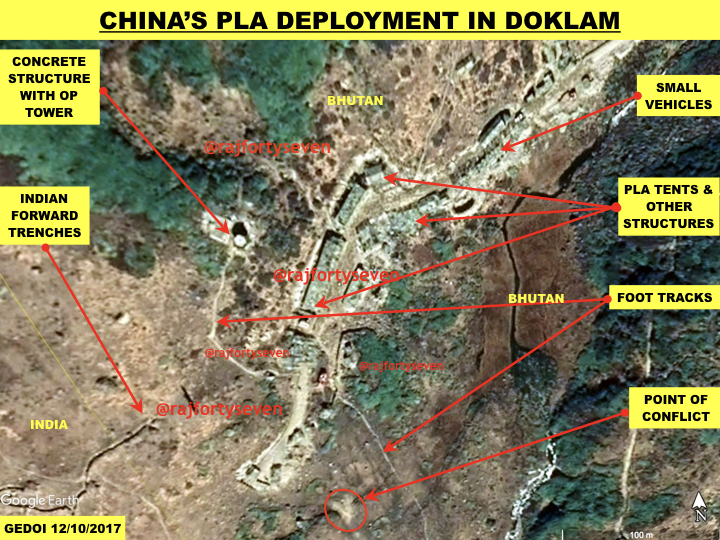
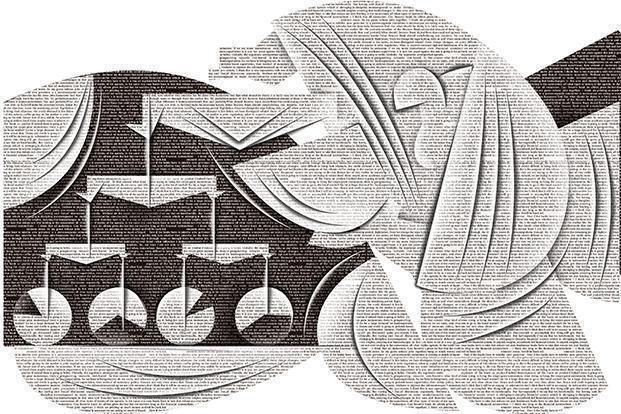


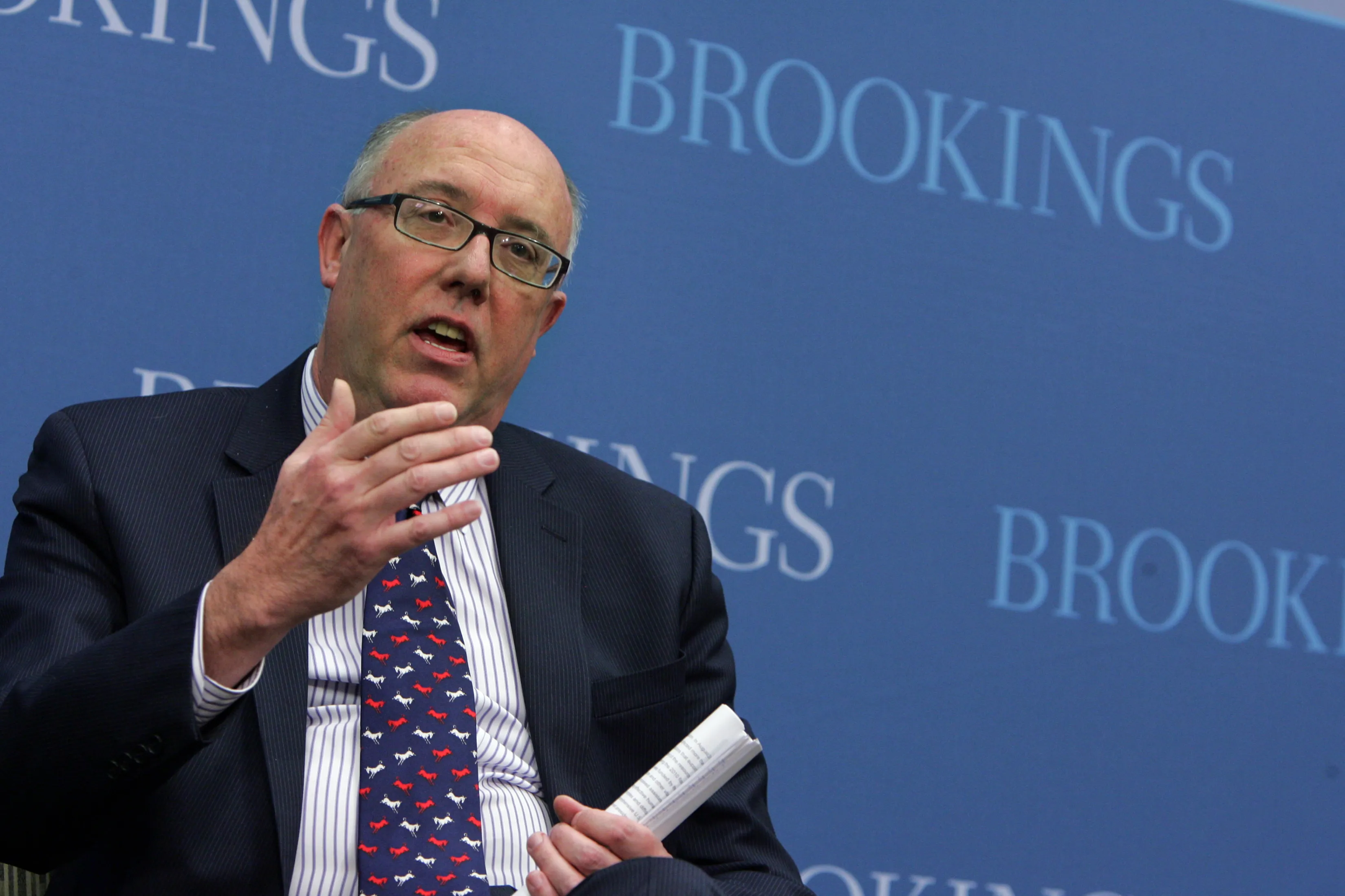
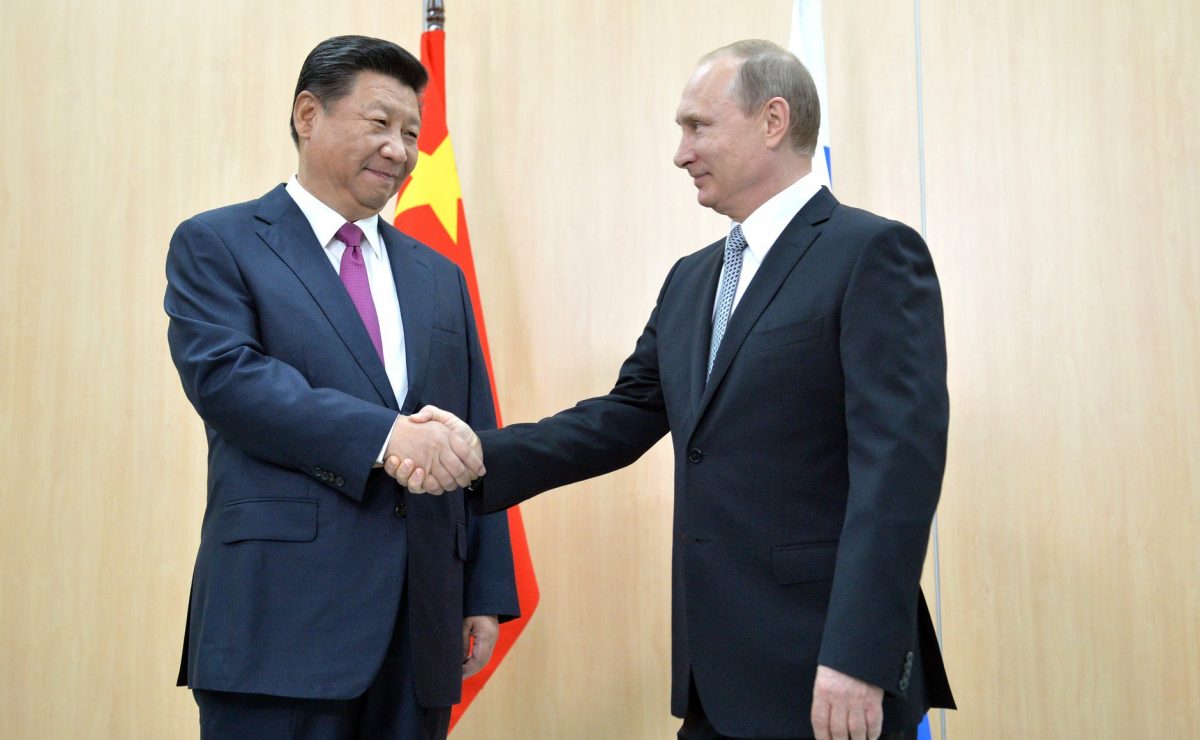





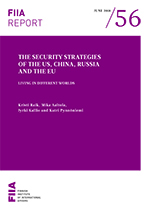

/arc-anglerfish-arc2-prod-mco.s3.amazonaws.com/public/V2BSLETT5JBILFODWAKL3MOPAY.jpg)
/arc-anglerfish-arc2-prod-mco.s3.amazonaws.com/public/YR2QEQTBDFD2TB6SCPJSSHUH7A.jpg)
/arc-anglerfish-arc2-prod-mco.s3.amazonaws.com/public/7OUN3EF2HZH55O2KBKILLBHNOE.jpg)
/arc-anglerfish-arc2-prod-mco.s3.amazonaws.com/public/6UYPIHVSWNGWVHUOEBWZLSNFJA.jpg)
/arc-anglerfish-arc2-prod-mco.s3.amazonaws.com/public/3T6LCSAGJFAJ5ISIYQZSMIWBC4.jpg)

/arc-anglerfish-arc2-prod-mco.s3.amazonaws.com/public/VXVAQNPCE5CGHP7WPOJXSZEAHY.JPG)